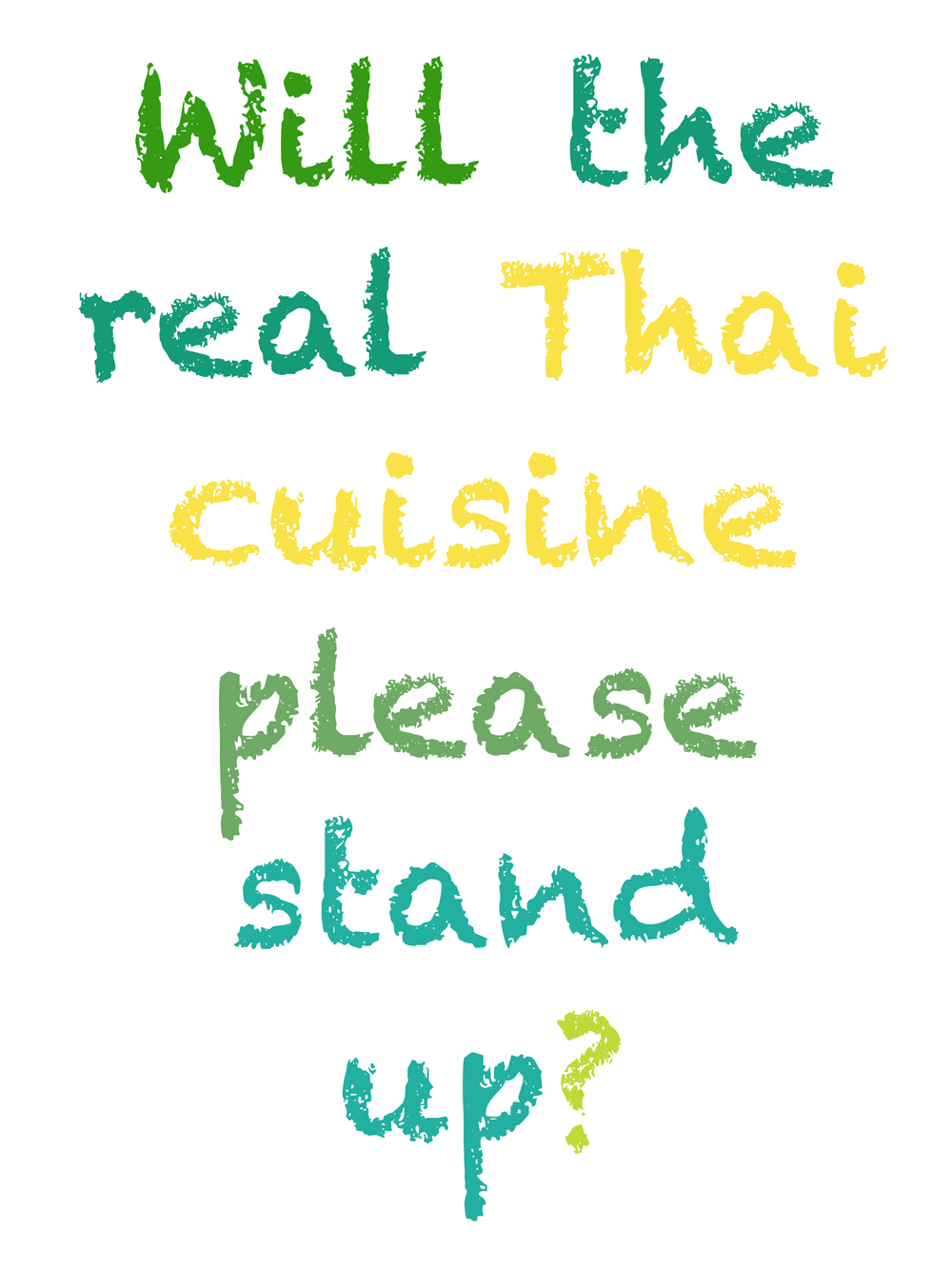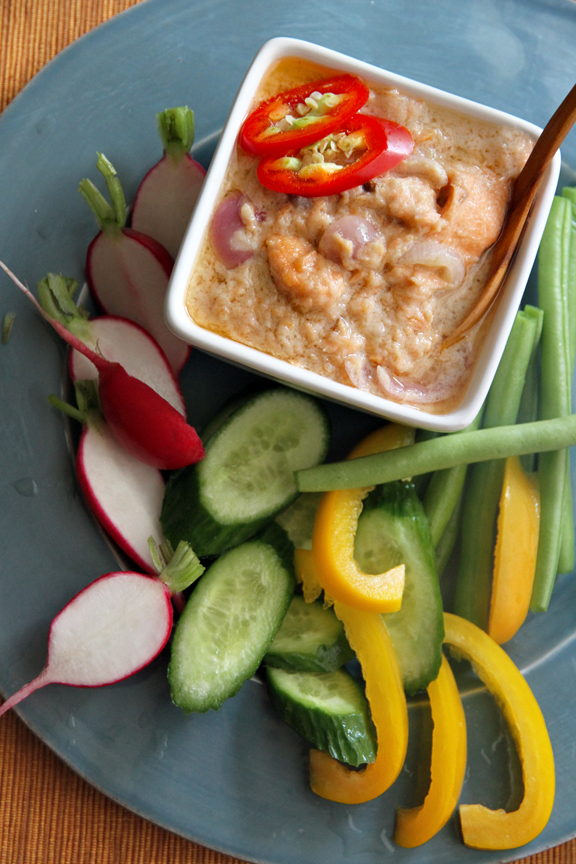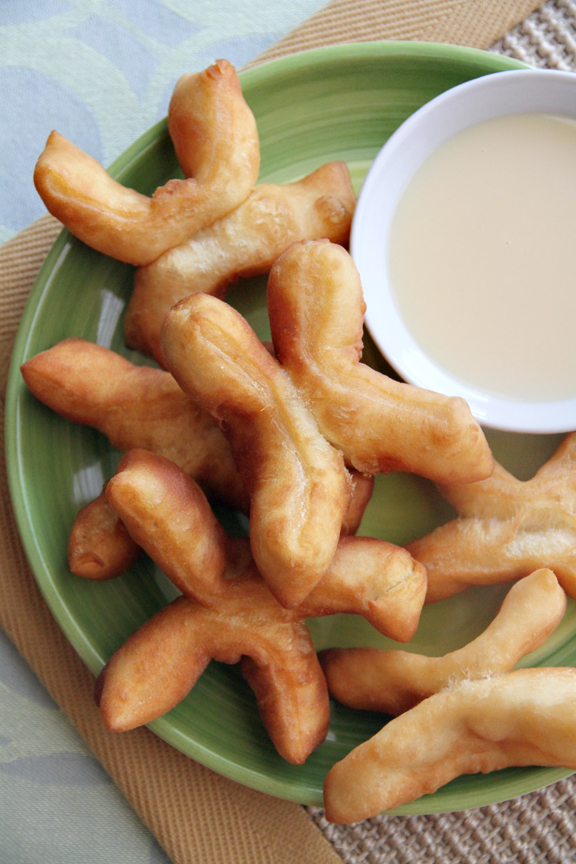Before I begin, please allow me to make it absolutely clear that this is a separate issue from whether or not a restaurant can add bamboo shoots, potatoes, and carrots to Tom Kha Gai, whether Nam Prik Pao should be fried, or whether dairy is allowed in Tom Yam, etc. That is the issue of what can/should or cannot/should not be done to a dish and to what extent before the dish ceases to be recognizably what it’s generally perceived to be1, and I’ll write a post on it someday.
This post is about what represents “authentic Thai cuisine.”
And just so you don’t waste your time, let me state my position unequivocally at this point: I don’t know where I stand; I don’t even have an answer that satisfies me on a personal level. If you think that’s bad (or too post-modern), it gets worse: not only do I not have an answer, the more I think about it, the more questions I have.
So this could be a case of mental incontinence on my part. But since you’re still reading, I’m just going to let loose. Continue Reading →













